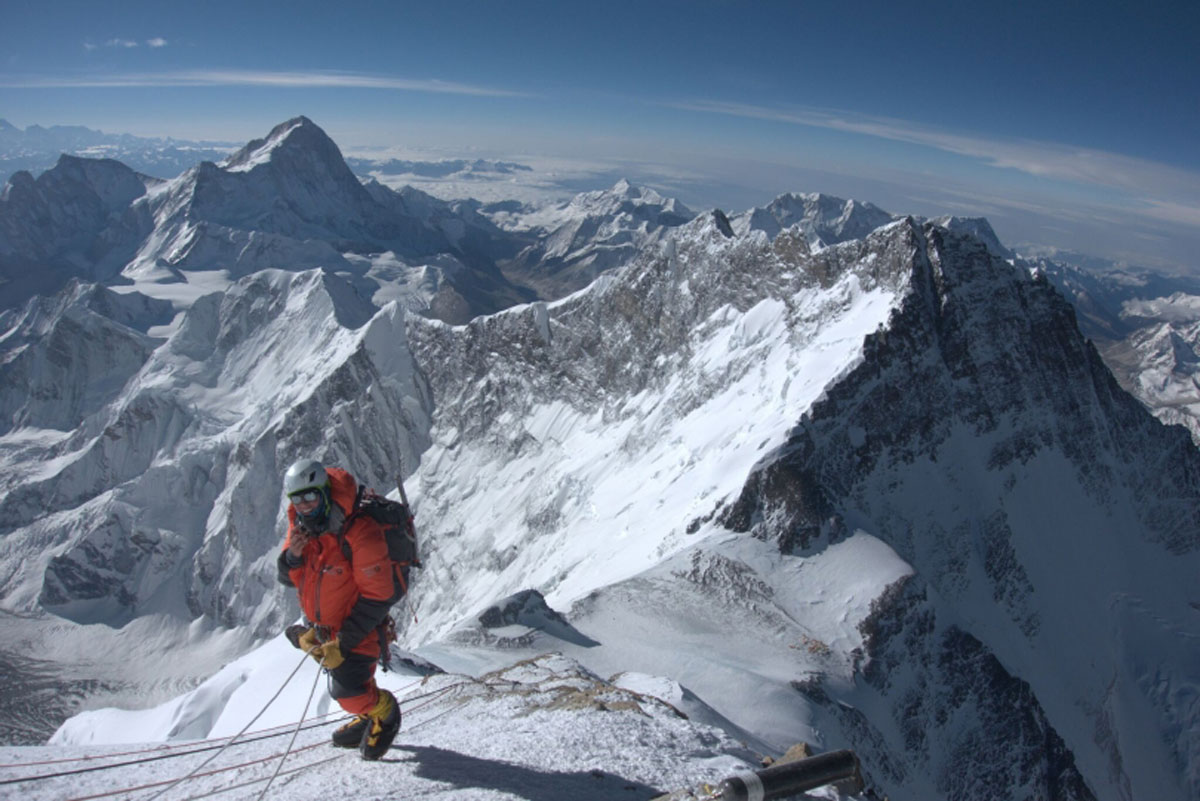As writers and filmmakers dreamed of moving to the new and extreme environment of space, NASA conducted a now-famous twin study to observe the effects of space habitation on gene expression. Over one year, the gene expression of International Space Station resident Scott Kelley was compared to that of his Earth-bound twin brother. The study observed that Scott Kelley’s gene expression underwent an 8.9% change, and that this change did not return to his pre-flight baseline for six months.
Now, the same team at Weill Cornell Medicine that led the NASA work published new work among a fleet of 30 papers that expanded on this famous study to address unanswered questions about how humans epigenetically adapt to extreme conditions present on Earth. Led by Dr. Mason, at Weill Cornell Medicine, who stated, “We wanted to see if we could get context for the stress of spaceflight and replicate some of the findings of the NASA Twins Study when we put humans in other low-oxygen and high-endurance situations and environments.”
“We wanted to see if we could get context for the stress of spaceflight... when we put humans in other low-oxygen and high-endurance situations and environments.”
- Dr. Chris Mason
Associate Professor at Weill Cornell Medicine
New Heights
In pursuit of these answers, two individuals ascended the world’s most forbidding peak, Mount Everest, while leaving each of their twin siblings behind at sea level. Equipped with a month’s supplies, subjects Mathew Moniz and Willie Benegas challenged the 29,000-foot ascent while taking blood, saliva, and stool samples on their journey to the extreme heights of the frozen mountain. Their twins, Kaylee Moniz and Damian Benegas, stayed as controls and were concurrently subjected to the same collections and analyses.
One of the obvious challenges of biological studies in extreme environments is how to collect and preserve samples in hostile conditions. While scaling the mountain, Mathrow Moniz and Willie Benegas collected saliva, blood, and stool using Zymo Research’s DNA/RNA Shield Collection Devices.
"The Shield devices and reagents did well in the harsh temperature and pressure changes experienced by the Everest mountaineering trip.” said Dr. Mason. “It also inactivated any secondary contamination of the samples by bacteria, viruses, and other infectious agents. This helped remove some of the logistical challenges with collecting samples in such a harsh environment."

Matt Moniz climbs the South Summit of Everest with the peaks of Lhotse and Makalu visible in the background.
The Findings
After comparing these samples to those of Moniz and Benegas’s twins, Dr. Mason’s lab found that changes in gene expression in Moniz and Benegas during the climb were similar to those found in NASA’s twin study.
“This shows that some of the same signatures and cytokines used by the body in space flight can also be found in Everest climbers”
- Dr. Chris Mason
Associate Professor at Weill Cornell Medicine
“This shows that some of the same signatures and cytokines used by the body in space flight can also be found in Everest climbers,” explained Dr. Mason
One potential use for this data in the near future is that some treatments effective on mountain climbers may be considered for others in extreme environments: “...some of the medications for these climbers can be considered for astronauts,” said Dr. Mason.
The Future
Mountain ascents and the distant vistas of space are not the only places where these findings might be utilized. The team found the climbers experienced changes in gene expression similar to those observed in patients hospitalized with COVID-19.
“The technologies we used can be used for future collections and monitoring of the climbers and also help us understand patients in the hospitals, wherein some of the same stress signatures we see in COVID-19, like interleukin 6, also show up in the climbers.” said Dr. Mason.
Citations
- American Cancer Society. How Immunotherapy is Used to Treat Cancer. Retrieved June 17th, 2024, from https://www.cancer.org/cancer/managing-cancer/treatment-types/immunotherapy/what-is-immunotherapy.html
- Cheng, Q., Dai, Z., Smbatyan, G., Epstein, A. L., Lenz, H., & Zhang, Y. (2022) Eliciting anti-cancer immunity by genetically engineered multifunctional exosomes. Molecular Therapy, 30(9), 3066 – 3077.
- Wieduwilt, M. J., Moasser, M. M. (2008) The epidermal growth factor receptor family: biology driving targeted therapeutics. Cell Mol Life Sci., 65(10), 1566 – 1584.
- Ishii, N., Takahashi, T., Soroosh, P., Sugamura, K. (2010) OX40-OX40 ligand interaction in T-cell-mediated immunity and immunopathology. Adv. Immunol., 105, 63 – 98.
- Jin, H. T., Ahmed, R., Okazaki, T. (2010) Role of PD-1 in Regulating T-Cell Immunity. In: Ahmed, R., Honjo, T. (eds) Negative Co-Receptors and Ligands. Current Topics in Microbiology and Immunology, 350, 17 – 37.
